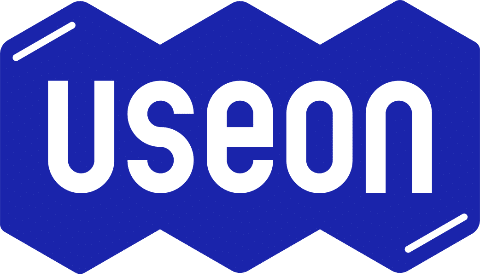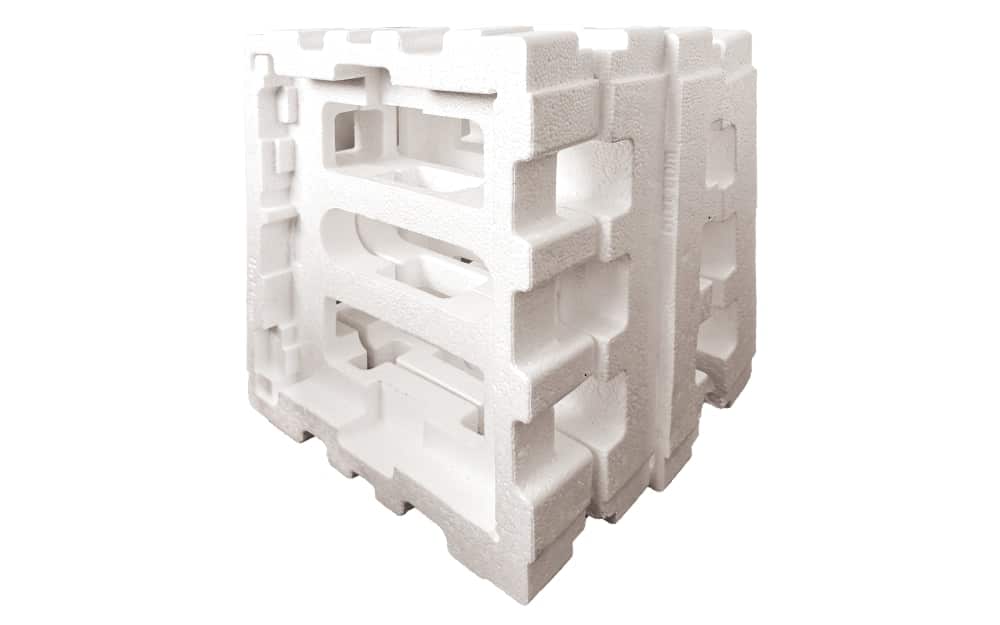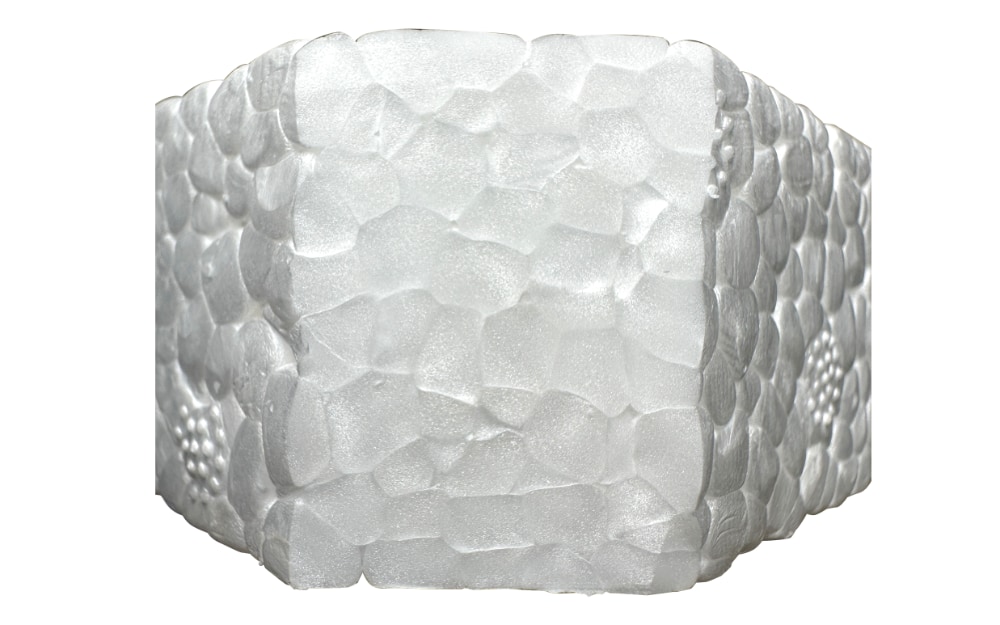After hundreds of trials, Useon has achieved a significant milestone in sustainable packaging by creating biobased and biodegradable foam products that offer a brighter and lighter future for businesses and consumers alike. The breakthrough from zero to one, as the company calls it, represents a major step towards reducing the environmental impact of packaging materials and promoting a circular economy.
New PLA foam products, made from polylactic acid derived from renewable resources such as cornstarch or sugarcane, are a viable alternative to expanded polystyrene (EPS) foam, which is widely used in packaging but takes centuries to degrade and can harm wildlife and ecosystems. PLA foam, on the other hand, can decompose naturally within months under certain conditions, leaving no toxic residue.
“Our actions speak louder than words,” says Cliff Zhang, the head of Foam Division at Useon. “We have made the most eco-friendly alternative for EPS packaging so far, and we’re committed to driving the next megatrend in sustainable packaging. Our PLA foam products are not only biobased and biodegradable, but also high-performing, versatile, and cost-effective. It’s a game changer.”
The company’s PLA foam products can be customized to fit various shapes, sizes, and densities, making them suitable for a wide range of applications, from cushioning and insulation to food service and consumer goods. They can also be printed with water-based inks and coated with water-resistant films to enhance their functionality and aesthetics. Moreover, they can be recycled through composting or mechanical recycling, depending on the local facilities and regulations.
“We believe that sustainable packaging is not a trade-off between environmental benefits and business benefits,” says the company’s CEO,Chen Zhiqiang. “On the contrary, it’s a win-win proposition that can create value for all stakeholders. By investing in innovation, collaboration, and education, we can accelerate the transition to a circular economy and contribute to a brighter and lighter future for generations to come.”
The company’s PLA foam products are now available for testing and commercialization, and are expected to gain traction among eco-conscious customers who prioritize sustainability, performance, and affordability. With the growing demand for eco-friendly packaging solutions and the increasing regulatory pressure on plastic waste reduction, the next megatrend in packaging may well be from zero to one.


